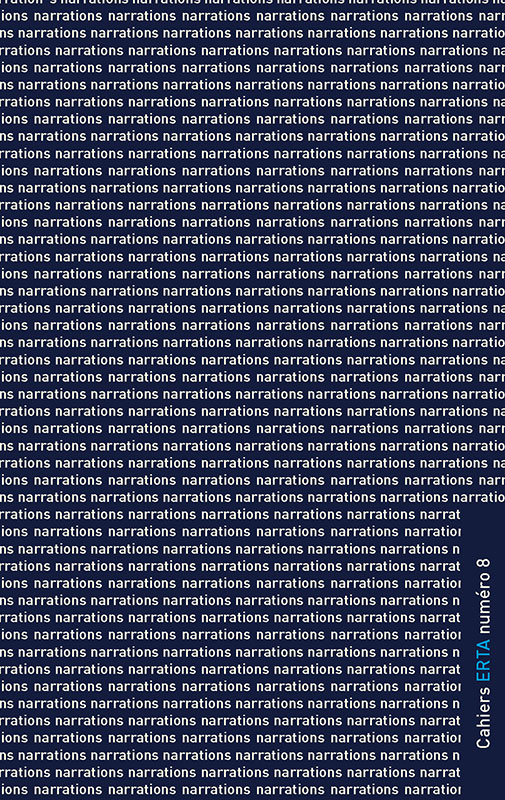Mediating testimonial narratives in Jean Hatzfeld’s Dans le nu de la vie
Keywords:
eyewitness testimony, Rwandan genocide, Jean Hatzfeld, shared narrative, dialogismAbstract
Testimonies have a sociological function: in order to achieve their goal, they have to be heard and validated by the group, and to become part of a collective narrative about the past. Even though they tell a personal story, they always relate both with other narratives about the same historical event and with their envisioned public, thus engaging in a dialogue with the society for which the narrative is meant. The case of Jean Hatzfeld’s Dans le nu de la vie offers an example of a publication of testimonial texts where verbal exchanges were actually involved in the process of formulating, sharing and writing traumatic individual experiences. The object of this article is to analyse how the mediation of the author, who listens to the survivors’ stories and inserts them in his own work, gives rise to a shared narrative where different voices both combine and confront each other.
Downloads
References
Chiantaretto J.‐F. (dir.), L’Écriture de soi peut‐elle dire l’histoire ?, Paris, BPI, 2002.
Chiantaretto J.‐F., Robin R. (dir.), Témoignage et écriture de l’histoire : Décade de Cerisy, 21‐21 juillet 2001, Paris, L’Harmattan, 2003.
Coquio C., Rwanda : le réel et les récits, Paris, Belin, 2004.
Cru J. N., Témoins : essai d’analyse et de critique des souvenirs de combattants édités en français de 1915 à 1928, Nancy, Presses Universitaires de Nancy, 2006.
Dulong R., Le Témoin oculaire : les conditions sociales de l’attestation personnelle, Paris, EHESS, 1998.
Hatzfeld J., Dans le nu de la vie : récits des marais rwandais, Paris, Seuil, Points, 2002.
Hatzfeld J., Englebert des collines, Paris, Gallimard, 2014.
Hatzfeld J., La Stratégie des antilopes, Paris, Seuil, 2007.
Hatzfeld J., Une saison de machettes, Paris, Seuil, Points, 2005.

 Academic Scientific Journals
Academic Scientific Journals





